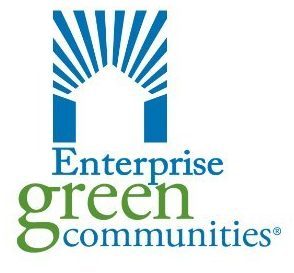 Is Sustainability only for the wealthy? While staring at the double-digit price of organic tomatoes at the local farmers’ market I am inclined to think sustainable is synonymous with exclusive. Unfortunately, many things labeled “sustainable” or “eco-friendly” seem not to be within everyone’s budget. A society where the cost of a Tesla is the average annual income of a household easily convinces us that making sustainable choices comes with a cost many can’t afford.
Is Sustainability only for the wealthy? While staring at the double-digit price of organic tomatoes at the local farmers’ market I am inclined to think sustainable is synonymous with exclusive. Unfortunately, many things labeled “sustainable” or “eco-friendly” seem not to be within everyone’s budget. A society where the cost of a Tesla is the average annual income of a household easily convinces us that making sustainable choices comes with a cost many can’t afford.
The ”green” housing industry is no different. Walkable and well-connected neighborhoods, where residents can enjoy abundant services are often the pricey neighborhoods. Toxic-free natural materials, daylight, fresh air, and even living green walls fill the homes of the wealthier and healthier tenants, while high-efficient mechanical systems and solar panels provide (almost invisible) energy savings as compared to their sky-high rents.
On the other side, low-income families are often located in neighborhoods at the edges of cities where community services and fresh healthy food are out of reach except by driving, and where parks and options to catch some fresh air are far and rare. Here the apartments are more likely to be exposed to toxic materials, increasing chances to develop asthma or other diseases. Energy bills are often high with little opportunity to get any lower by using newer energy-saving appliances and equipment.


